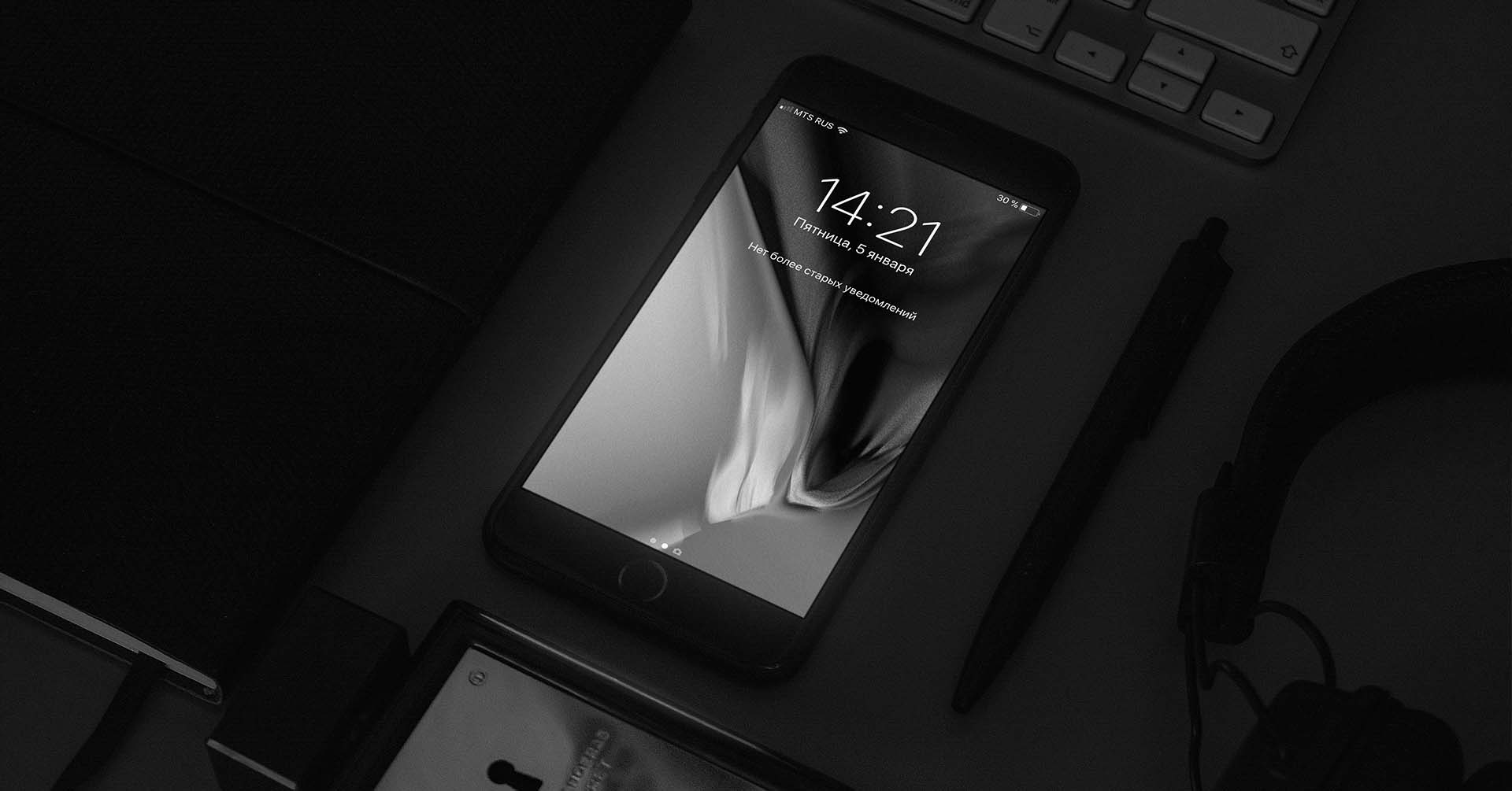Great ideas are critical to strategic planning, but only execution translates those ideas into IoT business revenue. Successful IoT strategies require a billing solution that scales and adapts with the business model. No single solution can achieve that for every business in a plug-and-play style.
Tailored Billing Solutions
At LogiSense, we've designed our billing platform to let enterprises monetize the IoT's data flow for specific revenue models. Our API integrates seamlessly to create a billing structure tailored to your IoT business. As enterprises grow, their back-office systems must handle the increased workload of customers, data, and transactions.
Connecting Operations and Financial Goals
Executing any IoT strategy begins with aligning operational outcomes to financial goals. This requires connecting various brands and branches under a single system. LogiSense's billing platform is built to draw insights from big data analysis, setting up accounts according to your enterprise's unique operational structure, including regional branches and partners in the IoT value chain.
Hierarchical Account Management
Parent organizations receive their own parent accounts, with roles and permissions set for internal roles. This system brings together every user, branch, and partner under a single roof, addressing complex billing challenges presented by the IoT.
Here are four ways to execute your IoT strategy with LogiSense:
- Monetizing Connected Devices McKinsey predicts more than 27 billion connected devices by 2025, presenting enormous revenue potential. LogiSense's platform lets enterprises set up product catalogs and usage ratings, which can be tailored into packages, marketing promotions, and regional billing filters. Services, price plans, and extensions can be customized to fit any organizational revenue model.
- Commercial Flexibility Traditional SKUs and rigid service tiers don't meet customer expectations. Usage billing is gaining popularity as customers prefer paying only for what they use. LogiSense's platform allows for personalized billing that scales with device penetration, driving customer growth and maintaining lifecycle management while minimizing operational costs.
- Optimized for IoT Revenue Models LogiSense's billing platform automates service-oriented tasks, detects potential revenue leaks, and provides insights for developing new products and services. This flexibility allows IoT enterprises to increase market share and maintain a financially agile infrastructure that traditional service providers and cloud-based SaaS platforms can't match.
- Customizable Billing Structure Don't compromise your enterprise's operational structure for a billing solution. LogiSense's platform fits your unique billing practices, such as the "bill on first use" model projected for the connected car industry. Our system tracks billing events, making it scalable for millions of units globally.
Discover How LogiSense Can Transform Your IoT Strategy
Executing a successful IoT strategy requires a flexible, scalable billing platform that can adapt to your business's unique needs. LogiSense offers a comprehensive solution designed to handle the complexities of IoT monetization, from real-time usage billing to integrating multiple revenue streams and managing large-scale deployments. Our platform provides the tools necessary to optimize your operations, enhance customer experiences, and drive profitability.
To learn more about how LogiSense can help you overcome your IoT challenges and achieve your business goals, contact us today. Our team is ready to provide you with the insights and solutions needed for success.
Ryan Susanna /
Ryan is a seasoned telecommunications expert with a broad background in both the service provider and software vendor sides of the business. Ryan is currently responsible for worldwide sales at LogiSense. During his tenure, Ryan has held executive level positions including Senior Sales Executive, and Director of Sales. In these roles, he has provided strategic sales, product, and market guidance for our next generation IP service management solutions.
